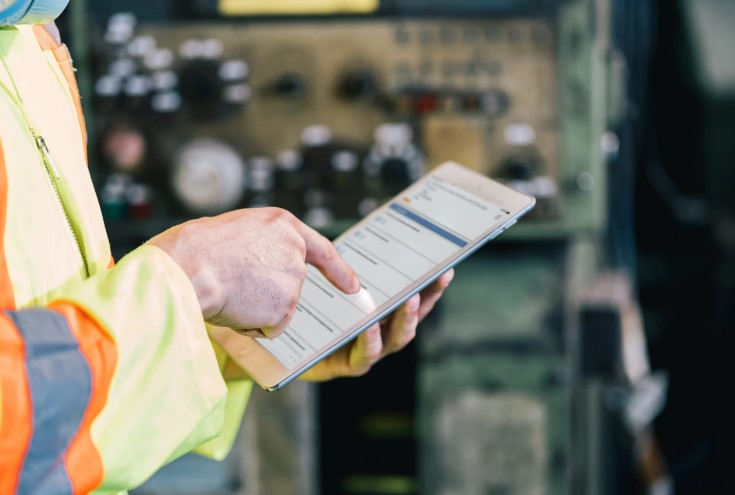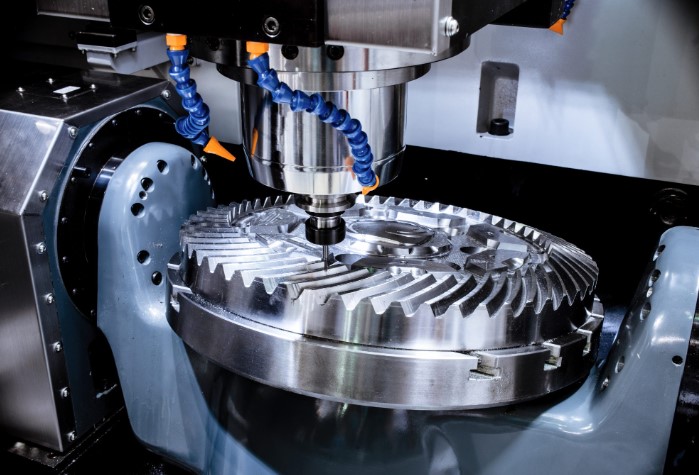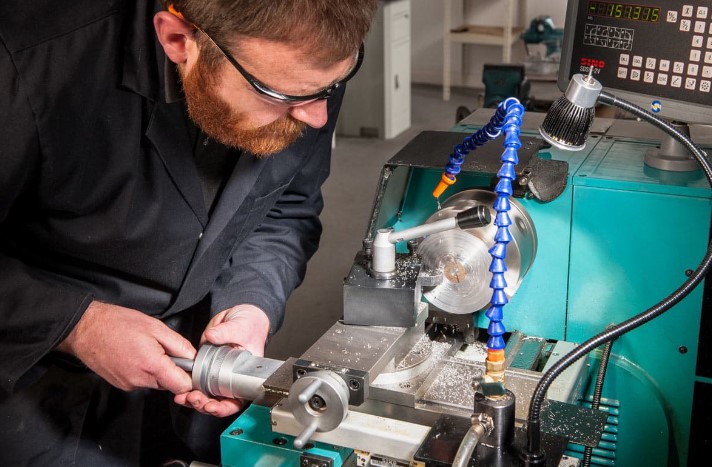A Guide to Machine Safety Inspections: Protecting Your Workers and Your Business

Machine Safety Inspections: Protecting Your Workers and Your Business
Machines are a crucial part of many industries, but they can also be dangerous if proper safety measures are not in place. Machine safety inspections are a critical aspect of workplace safety, helping to identify potential hazards and prevent accidents from occurring. In this post, we will discuss the importance of machine safety inspection by ST&L, the types of inspections, and how to conduct them to protect your workers and your business.
Definition of machine safety inspections
- Machine safety inspections are a systematic process of evaluating machinery in a workplace to ensure that they are safe to operate and do not pose any risk to workers or the environment.
- The goal of a machine safety inspection is to identify potential hazards that could cause accidents or injuries, and to take steps to prevent them from happening.
- Machine safety inspections typically involve a visual and functional assessment of the machinery, as well as a review of the manufacturer’s instructions and relevant safety regulations and standards.
- The inspection can be conducted by a designated safety professional or by trained employees, depending on the size and complexity of the machinery and the requirements of the workplace.
- Machine safety inspections may be required by law, depending on the type of machinery and the industry in which it is used, and failure to comply with safety regulations can result in fines, penalties, or legal action.
Importance of Machine Safety Inspections
Machine safety inspections are important for several reasons. First, they help to identify potential hazards before they become accidents. By identifying hazards early, you can take steps to prevent accidents from occurring, protecting your workers from injury and your business from liability.
Second, machine safety inspections can help you comply with workplace safety regulations. OSHA requires employers to provide a workplace that is free from recognized hazards, including those associated with machinery. Regular machine safety inspections can help you identify and address hazards, ensuring compliance with OSHA regulations.
There Are Several Importance of machine safety inspections
- Machine safety inspections are crucial to ensuring the safety of workers and preventing accidents or injuries in the workplace.
- By identifying potential hazards and taking steps to mitigate them, machine safety inspections can help to reduce the risk of workplace accidents and injuries, which can have serious consequences for both workers and the business.
- Machine safety inspections can also help to protect the business from potential legal liabilities, fines, or penalties that may result from non-compliance with safety regulations and standards.
- In addition to ensuring the safety of workers, machine safety inspections can also help to improve the efficiency and productivity of machinery in the workplace by identifying potential issues and taking steps to address them before they become major problems.
- Regular machine safety inspections are essential to maintaining a safe and healthy workplace, and can help to promote a culture of safety and responsibility among workers and management alike.
Types of Machine Safety Inspections
There are several types of machine safety inspections that you should be aware of:
- Initial Inspection: This is an inspection that should be conducted before a machine is put into service. It involves verifying that the machine meets safety requirements and is properly installed.
- Routine Inspection: These inspections are conducted on a regular basis to ensure that machines are functioning properly and that safety measures are in place.
- Pre-Use Inspection: This is an inspection that should be conducted before a machine is used each day. It involves checking the machine for any damage or defects that could pose a safety hazard.
- Post-Use Inspection: This inspection should be conducted after a machine has been used to identify any damage or defects that may have occurred during use.
Conducting Machine Safety Inspections
To conduct a machine safety inspection, you should follow these steps:
- Review the manufacturer’s instructions: The manufacturer’s instructions will provide important information about the machine’s safety features and how to conduct an inspection.
- Identify potential hazards: Look for hazards such as sharp edges, pinch points, and electrical hazards.
- Check safety features: Check safety features such as guards, safety switches, and emergency stops to ensure that they are working properly.
- Document the inspection: Document the results of the inspection and any actions taken to address identified hazards.
Conclusion
Machine safety inspections are a critical aspect of workplace safety. By identifying potential hazards and taking steps to prevent accidents from occurring, you can protect your workers and your business from liability. Remember to conduct regular machine safety inspections, and to document the results of each inspection. By doing so, you can ensure compliance with workplace safety regulations and protect the well-being of your workers.







